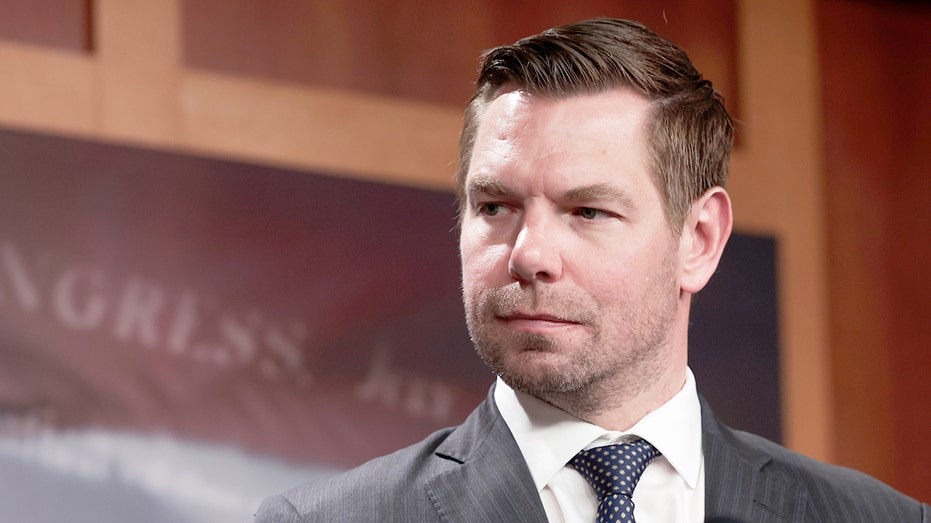A disturbing trend is taking root within the halls of higher education, a blatant targeting of one racial group under the guise of social justice. The University of Minnesota recently unveiled a webpage dedicated to combating what it terms a “whiteness pandemic,” igniting a firestorm of controversy and raising profound questions about the direction of academic discourse.
The university’s “Culture and Family Lab” defines this “pandemic” not as a biological condition, but as a cultural one. It alleges that “whiteness” – characterized by “colorblindness, passivity, and White fragility” – represents a covert form of racism pervasive throughout the United States. The implication is chilling: simply existing within a dominant culture is now framed as a problem needing correction.
The website asserts that every individual raised in the United States has been infected by this “whiteness pandemic,” and specifically calls upon white individuals to take responsibility for dismantling it. This isn’t presented as a call for equality, but a demand for self-reflection, re-education, and action based solely on racial identity.

The site goes further, urging parents to actively “re-educate” their children, suggesting that socialization into “whiteness” is a fault requiring remediation. The message is clear: individuals are not judged by their actions or character, but by the perceived failings of a cultural heritage.
Imagine the outrage if a similar webpage existed at a university dedicated to ending a “blackness pandemic,” or any other racial designation. The hypocrisy would be deafening, and rightly so. Yet, this anti-white sentiment is being presented not as a radical fringe idea, but as legitimate academic inquiry.
This isn’t subtle or hidden prejudice; it’s an open declaration of animosity directed at an entire group of people. It represents a dangerous escalation in identity politics, where collective guilt and systemic condemnation replace individual accountability and genuine understanding.
While these institutions attempt to mold young minds, a growing number of students are beginning to question these divisive narratives. A countercurrent of resistance is emerging, fueled by a desire for genuine dialogue and a rejection of this blatant form of prejudice. The future of these universities, and the ideas they promote, may depend on whether they heed this call.





